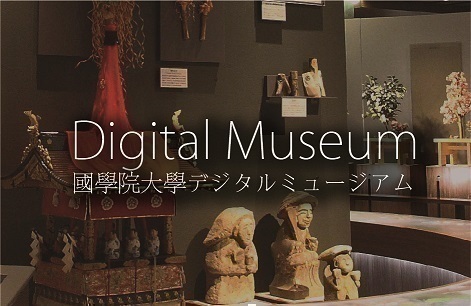- トップ
- Encyclopedia of Shinto
- Gion matsuri
Encyclopedia of Shinto
| Main Menu: | |
| Links: |
詳細表示 (Complete Article)
| カテゴリー1: | 5. Rites and Festivals |
|---|---|
| カテゴリー2: | Individual Shrine Observances |
| Title | Gion matsuri |
| Text | A festival held between July 1 and July 29 at Yasaka Shrine in Higashiyama Ward, Kyōto City, Kyōto Prefecture. In ancient times it was called the Gionryō'e ("Gion Spirit Assembly"). The origin of the festival is said to be in the "spirit assembly" held by Emperor Seiwa to secure protection from an epidemic in the eleventh year of the Jōgan era (869) of the Heian Period. Featuring harae, dashi ("mountain" floats), halberd floats (hoko, hokodashi), and furyūodori (dances performed by elegantly costumed dancers), the Gion Festival became the model for the basic structure of Japanese summer festivals. It seems to have influence most of the Gion and Tennō festivals, in which shin'yo (sacred palanquins) are carried to the seashore or to the riverbank, or in which dashi and halberd floats are pulled down the streets, held in June and the middle of July across the country. The Gion Festival begins on July 1 with the kitsubuiri (meeting in which decisions are made on the rites making up the festival) and concludes on July 29 with a "rite of reporting to the kami" (hōkokusai). Numerous rites and events are carried out during this time. On July 2 the order of the floats in the procession is determined by drawing lots (mikuji). On July 9, the floats are set up. On the tenth, the shin'yo are carried by priests (shinshoku)to the Shijō Bridge to be washed and purified with water from the Kamo River using sacred sakaki branches. A procession of Gion geisha with nerimono (another kind of float) and chōchin lanterns welcomes the shin'yo. Then, on the eleventh, the chigoshasan is a rite in which young boys, who have been chosen to ride in the halberd floats that year, put on tall court headdresses and suikan robes and are taken on horseback to the shrine in order to pay reverence and receive the fifth court rank. The dashi are set up for display on the thirteenth and drawn around the neighborhood on the fourteenth. Performing arts are presented on July 15. In the yoiyama, a small festival held the night before the main event (July 16), the floats are decorated with chōchin lanterns, human figures and other ornaments. The dashi and hokodashi parade on July 17 is the liveliest part of the festival. A total of twenty-nine floats (twenty-two mountain floats and seven halberd floats) make a tour of the neighborhood. Performances of sagimai (heron dance, also called sagiodori) and dengaku dances take place at various locations on the same day. A shinkō (sacred procession) centered on three shin'yo leaves the main shrine (honsha) in the evening. On July 24 the palanquins return from the temporary site of enshrinement (otabisho) to the shrine. On July 28, they are washed again at the Shijō Bridge. This is followed on July 29 with the ritual offering of a concluding "report" to the kami. A large number of shrines throughout Japan celebrate their own Gion festivals, including the Gion Yamagasa (mountain rush or bamboo hat) from July 1 to 14 at Kushida Shrine in Hakata Ward, Fukuoka City, Fukuoka Prefecture; the Gion Festival held from July 10 through 12 at Yasaka Shrine in Sawara City, Chiba Prefecture; the Ogura Taiko (Drum) Gion Festival from July 10 through 12 at Yasaka Shrine in the Ogura Kita Ward, Kita Kyūshū City, Fukuoka Prefecture; the Gion Festival from July 14 through 16 at Yakumo and other shrines in Matsuzaka City, Mie Prefecture; the Gion Festival Hōran'enya from July 14 through 15 at Yamabe Jinja Shrine in Gōtsu City, Shimane Prefecture; the Tajima Gion Festival from July 19 through 21 at Tadeuga and Kumano Shrines in Tajima Town, Minami Aizu District, Fukushima Prefecture; the Daija (Great Serpent) Gion Festival on July 13 and 14 at Yatsurugi Shrine in Ōmuta City, Fukuoka Prefecture, among others. — Mogi Sakae |




